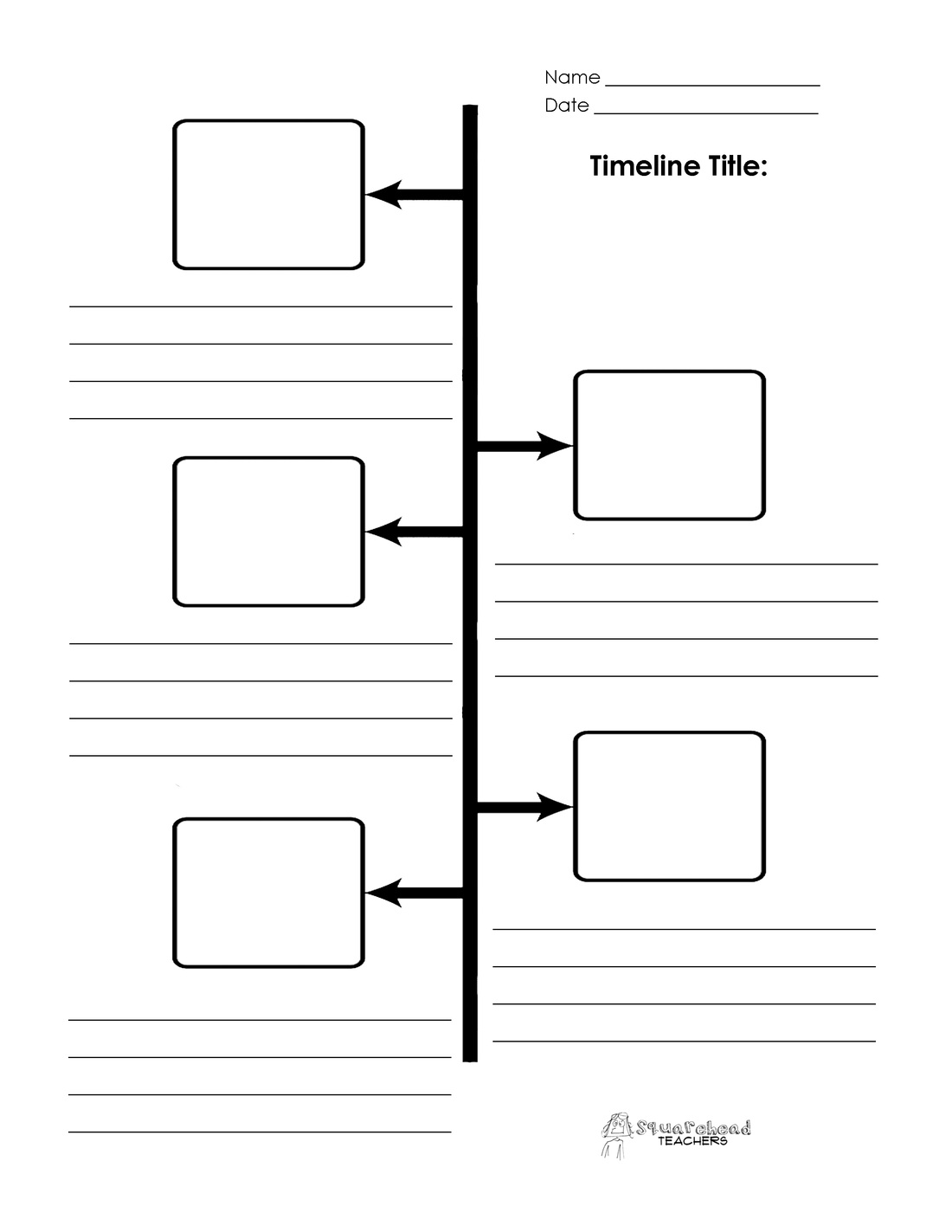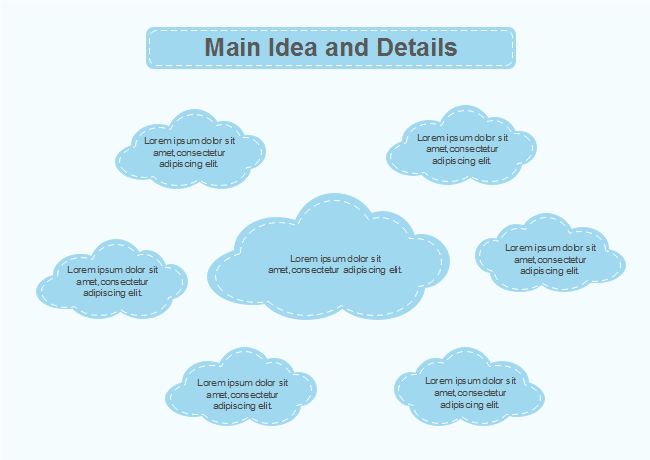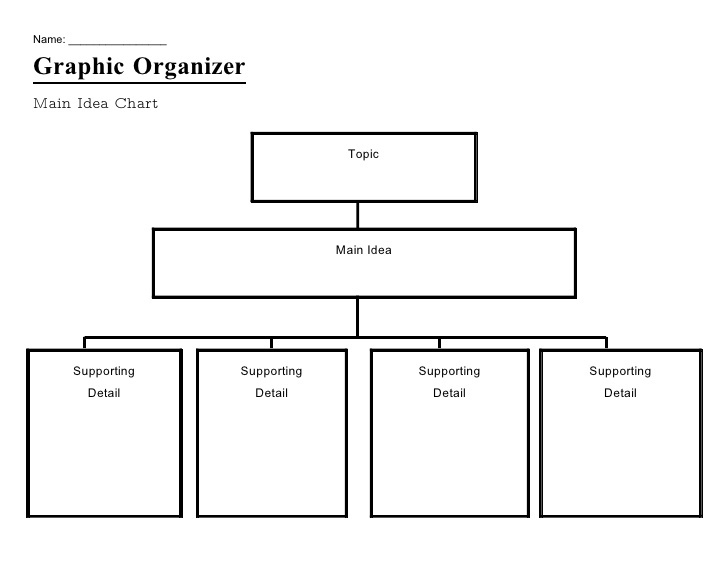
The example below illustrates such an organizer. Below is a sample of one student’s work.įinally, specific vocabulary may be the focus. The Sequence Chart is a great tool to support students’ ability to organize information and approach problem solving in a more systematic manner.Īfter being exposed to the use of the Sequence Chart, a group of 4 th grade students began to instinctively organize their information by outlining their steps.
#GRAPHIC ORGANIZER EXAMPLES HOW TO#
Sometimes this is the result of never having learned how to organize their thinking. For instance, when solving multi-step problems, many students do not know where-or how-to start. The organization of ideas and steps is critical to success in mathematics. The teacher did not provide guidance on how to organize the information however, the students in this classroom have had extensive exposure to the use of a variety of organizers, providing the prerequisite skills to create the organizer. In this case, you see a student-generated organizer. The example below shows how one student used his notes to support the creation of the graphic organizer to illustrate the hierarchy of polygons in geometry. When students take notes, there should be an expectation that the notes will be used as reference tools to support students’ thinking and work. The use of interactive student notebooks is common in mathematics classrooms. Prior to completing the exit ticket, students had been engaged in a group activity where multiple representations of percents was the focus. This organizer was used as an exit ticket.

This Concept Wheel organizer, which is useful when you want students to analyze a particular concept and provide multiple representations, properties, characteristics, and/or examples of the topic in the center.īelow is a modification of the Concept Wheel to address the conceptual understanding of the concept of percent. Below is an example of an organizer used with 6 th grade students to determine their conceptual understanding of percents. In some cases, the organizers are perfect exit tickets, providing the teacher with good data that can help to identify students who need intervention in the understanding of key concepts, vocabulary, and skills. The organizer below was developed this year to show the various forms of numbers. Some topics lend themselves to the use of graphic organizers and support the use of multiple representations.

The teacher identifies critical concepts, vocabulary, and other pertinent information, and creates the template. These teacher-led organizers are fantastic for notetaking this format creates notes that are easy to read and user-friendly.

Students may be engaged in Think-Pair-Shares as a part of the process. This means the teacher facilitates the completion of the organizers. In order to achieve success with the use of graphic organizers, the teacher has to select the appropriate organizer, understand it, plan for how the organizer will be used to promote thinking, and develop appropriate questions and tasks. In the mathematics classroom, they can serve as powerful vehicles that facilitate discussion, provide formative assessment data, and allow students to demonstrate their thinking in creative ways. Graphic organizers are powerful tools that support conceptual development, language development, and skills acquisition when used appropriately.


 0 kommentar(er)
0 kommentar(er)
